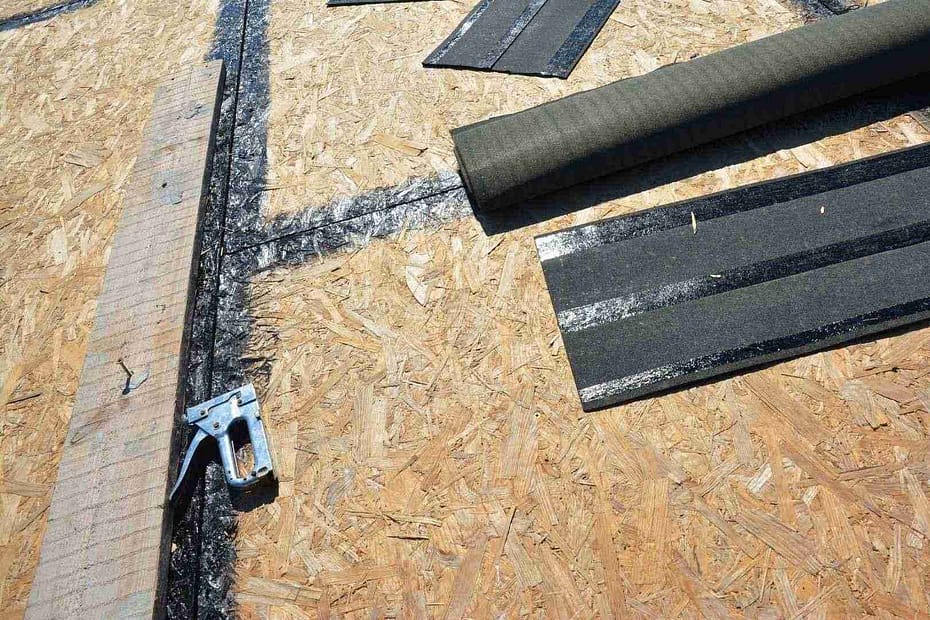The roofing material you select is likely to complement the exterior looks of your house. But beneath this attractive exterior is one more element common to all roofs, the decking. And the kind of roof decking that you settle on can affect the lifespan of your roof. In this piece, however, the different types of roof decking that are in high demand in today’s building industry shall be addressed and that can help you decide which to use on your home
What is Roof Decking?
Roof decking can be thought of as the layer that lies directly beneath your roofing material. Roof decking is important for any type of roof, and it ensures that mildew and water do not enter into the house while providing a firm innermost layer of brick or siding strong enough to hold the roofing materials. Most modern roof decks use sheets of plywood which are nailed onto the trusses of the roofs. Most American houses built many decades ago probably now contain plank decking. This is similar to hardwood flooring that has many pieces of wood arranged horizontally and vertically in a tongue-and-groove manner.
How to Decide Which Type of Roof Decking is Right For Your Home
The most common type of roof decking you’ll find today is large sheets of OSB, or Oriented Strand Board. Oriented Strand Board we will elaborate on when we look into the various types of roofing deckings.
However, when it comes to making a choice regarding the roofing deck, you have to bear in mind some of the following factors:
- Affordability. All people love cheap things, and OSB costs the least making it very popular. It is worth noting that metal roof decking is one of most costly roof decking systems.
- Climate. People who reside in places with constant heavy rainfall will have to go for a roof underlay such as Greenboard that is highly moisture resistant.
- Structural considerations. If your rafters are widely spaced or, for example, and you have selected a very weighty roofing material such as slate tile it is necessary to consider this when choosing your decking type.
- Durability. No one wants to have to replace this roof decking more often than it is absolutely necessary. So pay attention to the durability of all possible alternatives concerning roof decking materials.

Types of Roof Decking
Here, we’ll examine some of the different types of roof decking you can have placed on top of your roof’s rafters in order to keep your roof secure and free from damage.
Sheet decking
Sheet decking provides a continuous, flat surface in which to adhere the outermost layer of your roofing material.This is the most prevalent roof decking type in buildings today, and it serves well with almost every type of roofing materials including asphalt, metal and tiles.
Open decking
This unique and far less common type of roof decking is crucial for cedar shake roofs, which require adequate ventilation to cut down on mold and mildew from constant moisture. Here, the decking is laid in strips with open sections between them.
Plank decking
As mentioned above, plank decking is a rather outdated method for laying roof decking, in which long, thin boards are laid side by side. This method has been largely replaced by sheet decking, which is less expensive and far more efficient than plank decking.

Materials Used As Roof Decking
Below, we’ve listed several of the most common types of roof decking materials you can choose from.
OSB
OSB is a type of composite wood that has strands glued together to sit in sheets like boards. Compressed wood particles and adhesive are combined to yield the product. Today it is very inexpensive and popularly used as roof decking. However, unlike its lower price counterparts, OSB does not have good fire resistance, although such boards can be chemically enhanced for increased fire and water resistance.
Plywood
Plywood sheets are as OSB sheets and roof decking commonly uses the two. When using this type of sheathing, it is possible to face the wall with boards of different thicknesses. This versatility is why people are still choosing the suitable items. That being said, the use of plywood does contribute to deforestation, while OSB, which is made from fast-growing trees and leaves very little waste thanks to its use of ground-up wood rather than sheets of wood.
Metal
Metal roof decking comes in a variety of types and finishes, and is one of the more expensive types of roof decking. Here, thin sheets of metal decking overlap to create a flat, even surface for roofing material. Having metal decking gives protection against the flames better than plywood decking and OSB sheets and and has an excellent strength-to-weight ratio as well.
Plank sheathing
Plank sheathing is commonly used in houses aimed at humidity control and consists of long wooden boards together with other materials forming a smooth top coating. It is done approximately like how hardwood floors are done and is not very common as a roof decking in contemporary new homes. You are, therefore, unlikely to come across plank sheathing these days unless you’re renovating an older home.
Gypsum board
This type of roof decking features a mix of gypsum and cellulose fibers for a strong, durable roof decking material with excellent fire resistance. The material has also been used on other instances, especially when it is extremely windy, which is a big plus in areas with hostile weather conditions, making it a great choice for climates with harsh weather.
Using Instant Roofer to find a roofer in your area can help in choosing the most appropriate type of roof decking for your project. From carefully considering the factors and conditions affecting your roof to selecting the best material for your budget, they can assist from start to finish to help maximize the lifespan of your home roof.
Face Checked by Christin Perry 9/24/2024
